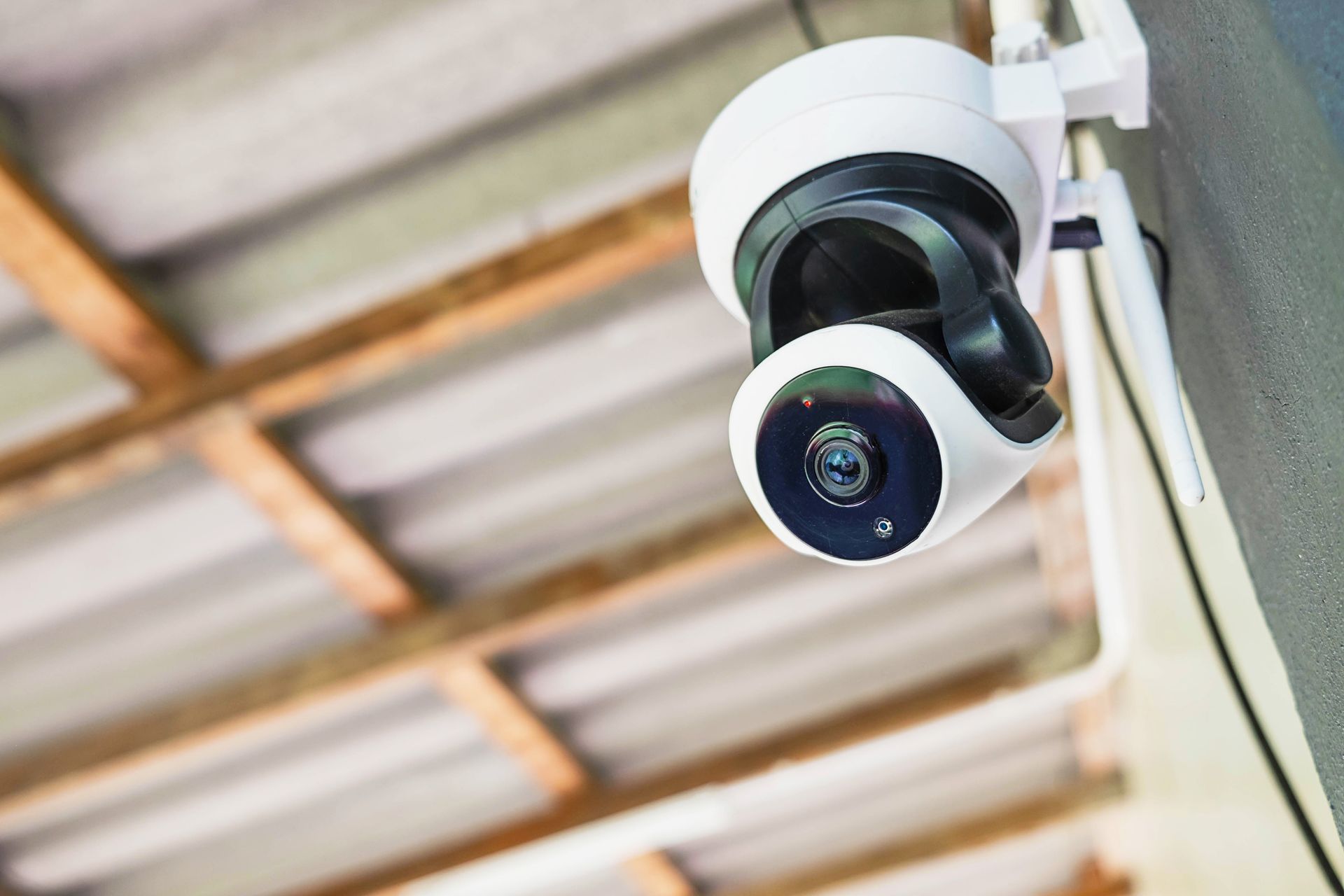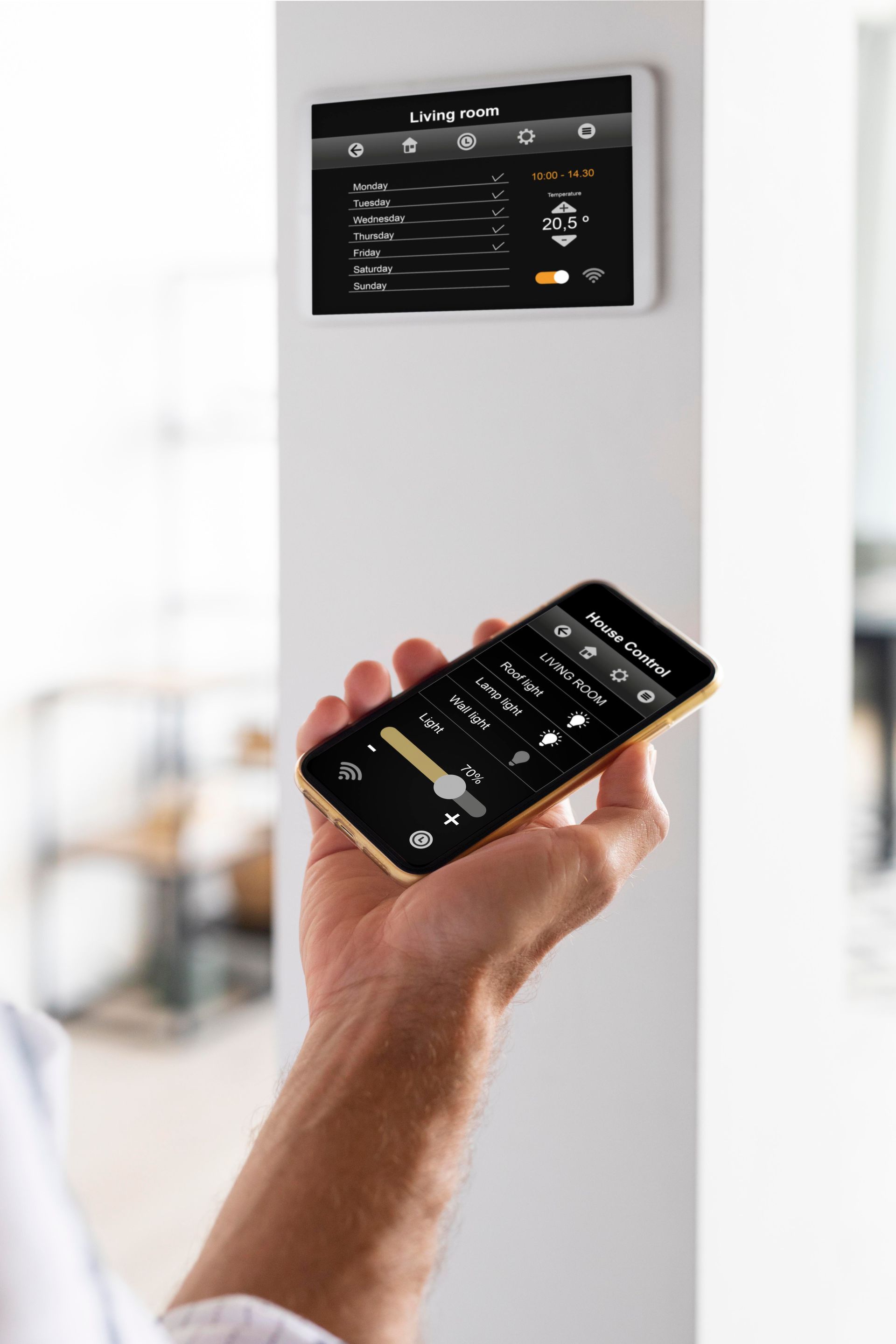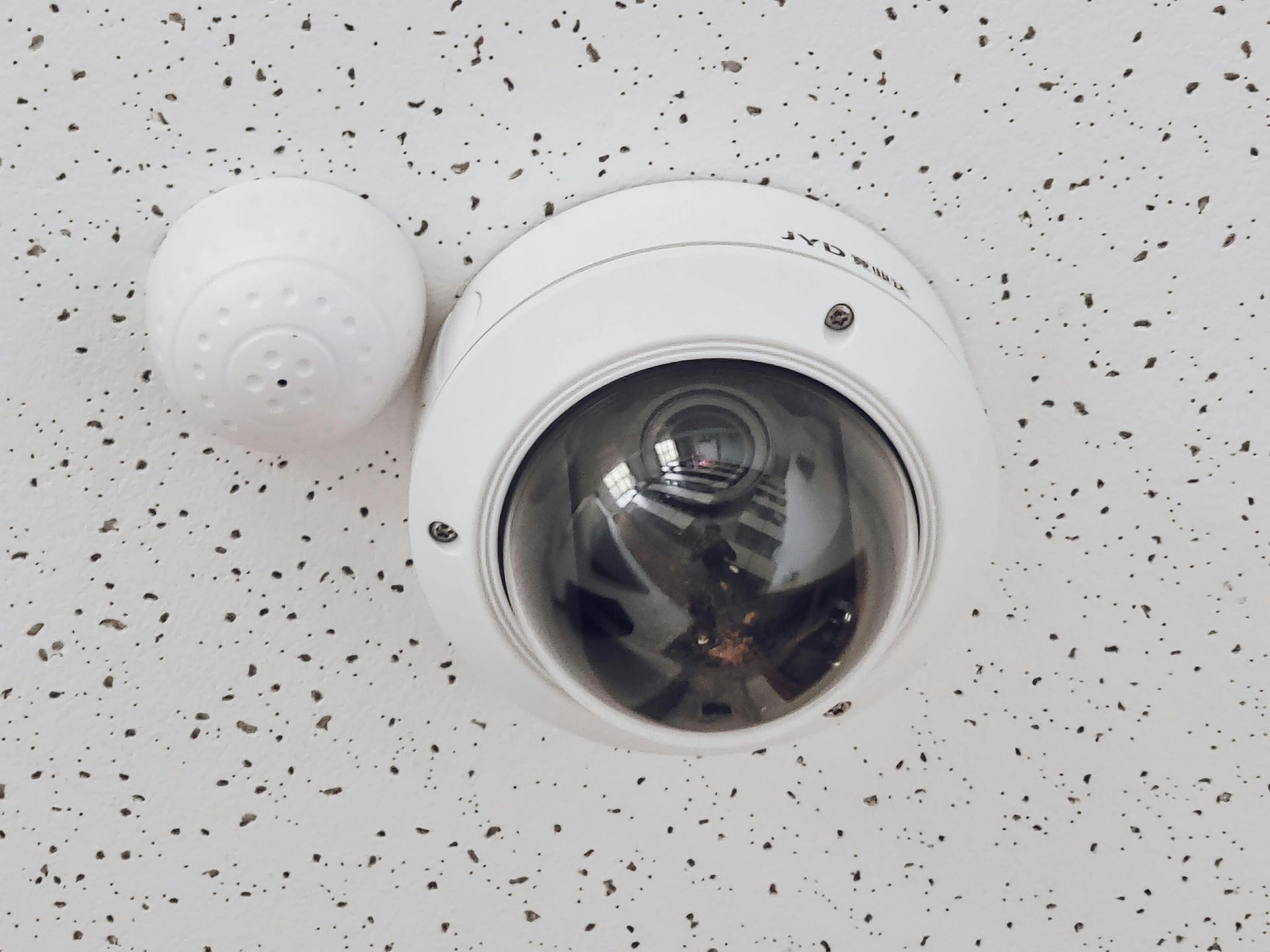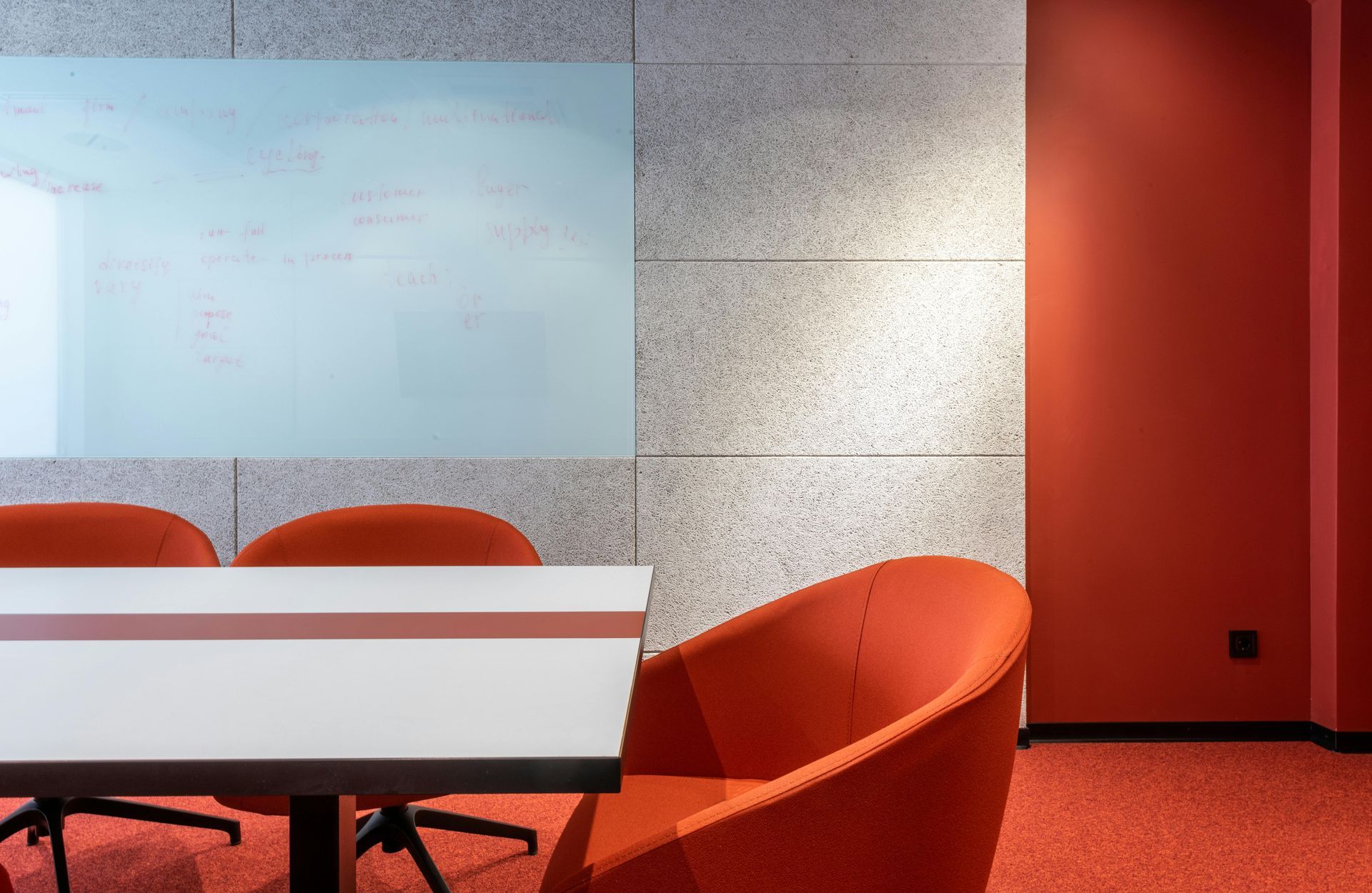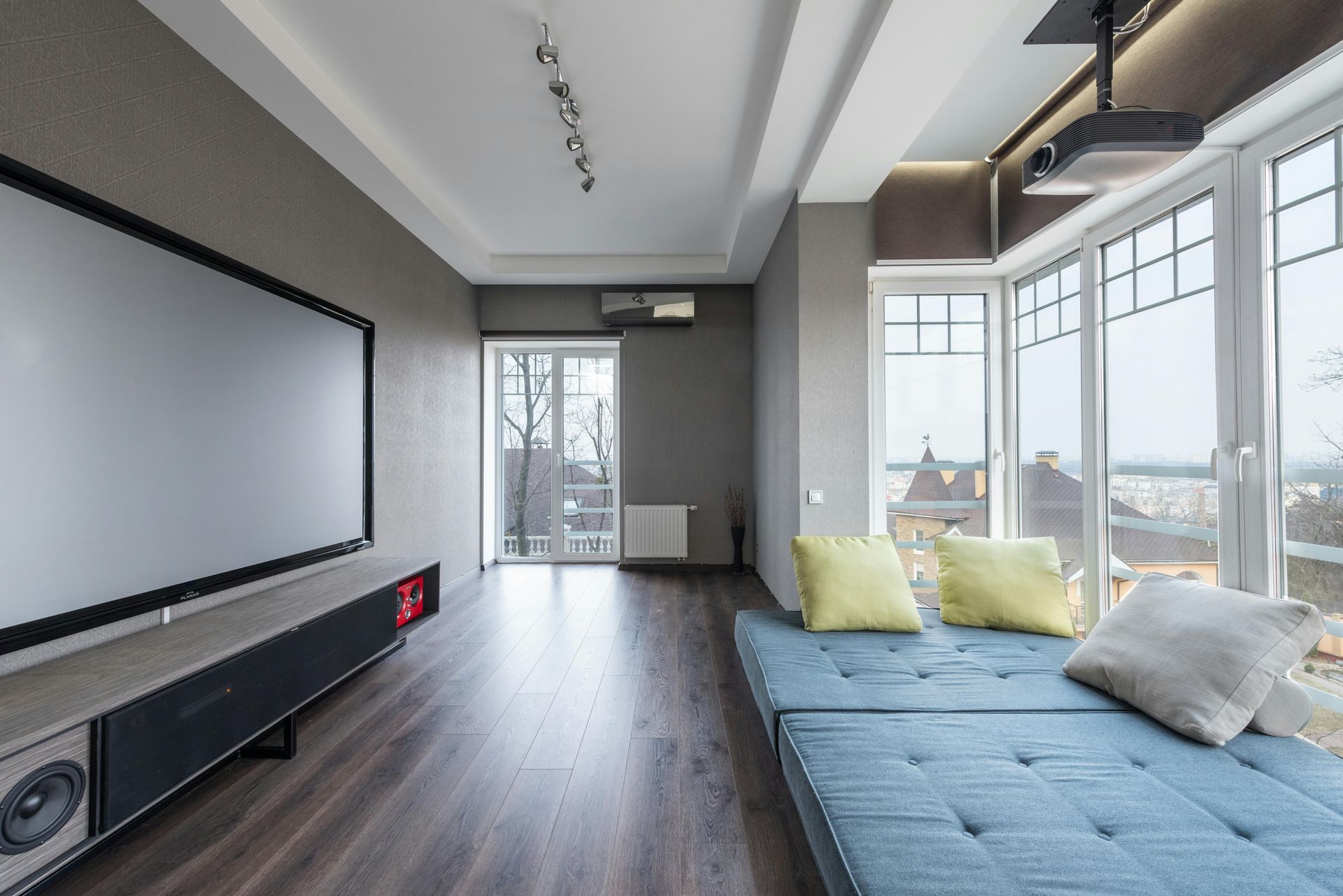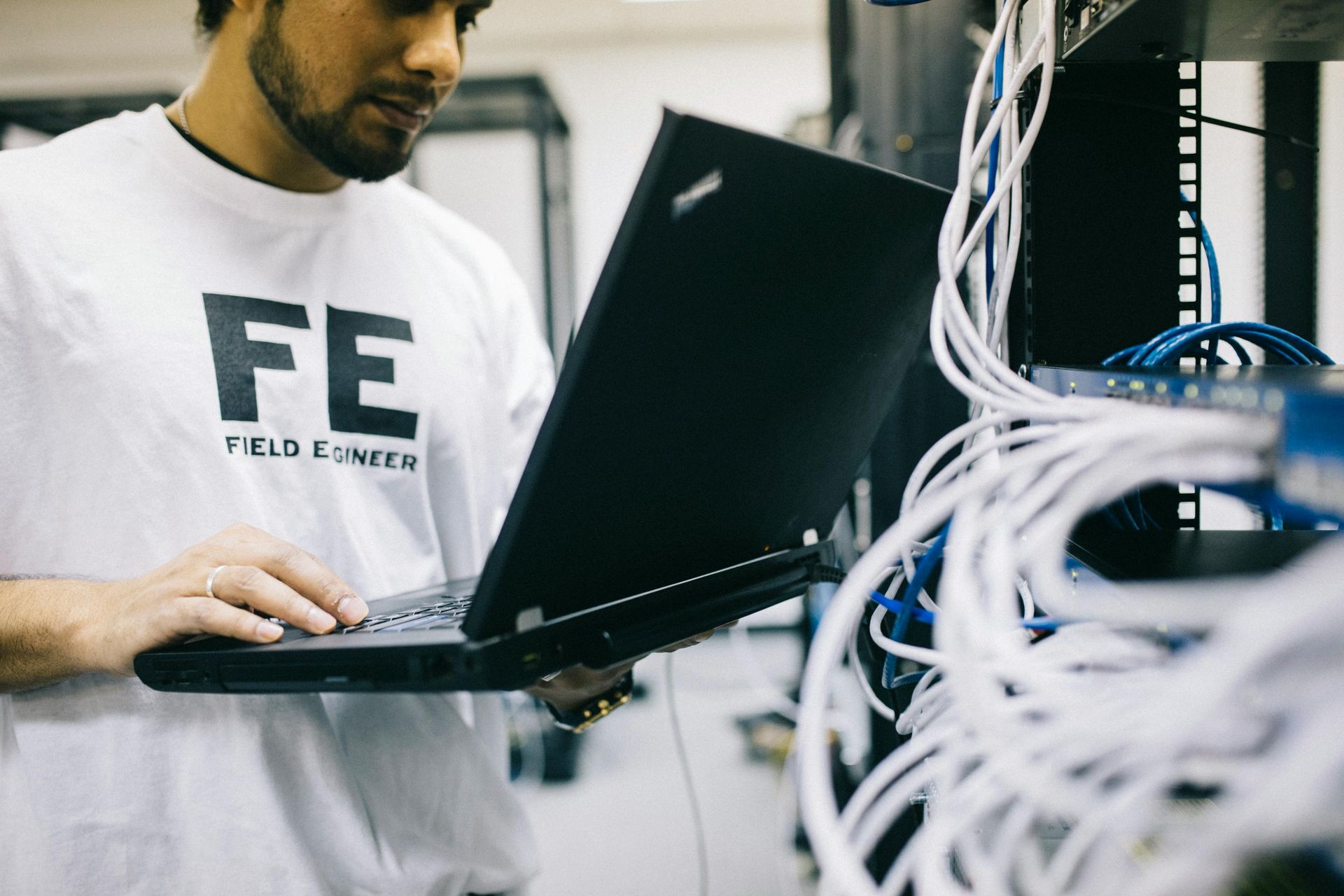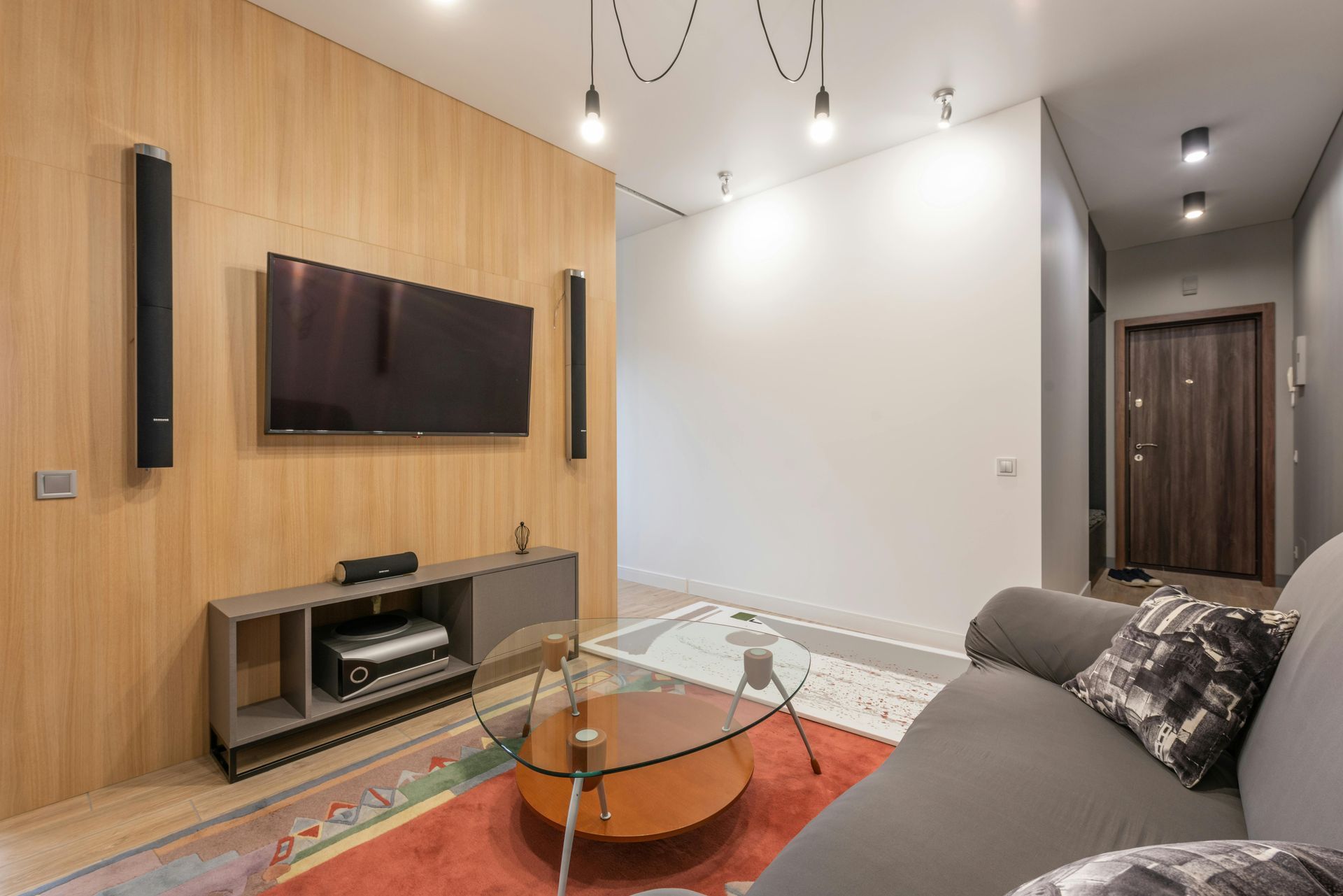GorskiVision, LLC
New Paragraph
Seeing is Believing: Strategic Placement Tips for Maximizing Security Camera Coverage
Security cameras have become a staple in modern security systems, providing peace of mind and a sense of safety for homeowners and business operators alike. At
GorskiVision, LLC, based in Pompton Lakes, NJ, we specialize in the strategic placement and installation of security cameras to ensure maximum coverage and effectiveness. In this blog post, we'll share our expert tips on how to position your security cameras for optimal surveillance.
Assessing Your Property: Identifying High-Risk Areas
The first step in maximizing security camera coverage is to assess your property and identify high-risk areas. These are the locations most likely to be targeted by intruders or where security incidents are most likely to occur. Common high-risk areas include:
- Entrances and Exits: These are the primary points of entry and exit for your property, making them critical spots for camera placement.
- Windows: Ground floor windows are often targeted by intruders as entry points.
- Driveways and Garages: Vehicles are a significant asset, and monitoring these areas can help prevent theft and vandalism.
- Backyards and Side Yards: These areas can provide intruders with a hidden approach to your property.
- Valuable Assets: Any area where valuable items are stored, such as safes, sheds, or specific rooms, should be under surveillance.
By identifying these key areas, you can prioritize where to place your security cameras to ensure comprehensive coverage.
Optimal Camera Height and Angle
Once you've identified the high-risk areas, the next step is to determine the optimal height and angle for your cameras. Here are some guidelines to follow:
- Height: Install cameras at a height of 8 to 10 feet. This height is low enough to capture clear images of faces and high enough to prevent tampering.
- Angle: Position cameras at a downward angle to capture a wide field of view and to focus on the area you want to monitor. Avoid placing cameras too high or too low, as this can limit their effectiveness.
- Overlap: Ensure that the field of view of each camera overlaps slightly with adjacent cameras. This overlap eliminates blind spots and ensures continuous coverage.
By carefully selecting the height and angle, you can maximize the effectiveness of each camera and ensure that no area is left unmonitored.
Using Different Types of Cameras for Different Needs
Not all security cameras are created equal, and different types are better suited for different needs. Here are the main types of cameras and their ideal applications:
- Dome Cameras: These are ideal for indoor use and provide a wide field of view. Their design makes it difficult for intruders to see which direction the camera is pointing.
- Bullet Cameras: These are suitable for outdoor use and can capture clear images over long distances. They are highly visible, which can act as a deterrent to potential intruders.
- PTZ Cameras: Pan-Tilt-Zoom (PTZ) cameras can be remotely controlled to cover large areas. They are perfect for monitoring expansive spaces and can follow moving objects.
- Hidden Cameras: These are useful for discreet monitoring and can be hidden in everyday objects. They are ideal for situations where you don't want intruders to know they are being watched.
By using a combination of these camera types, you can create a robust security system tailored to your specific needs.
Lighting Considerations for Night Surveillance
Proper lighting is crucial for effective night surveillance. Here are some tips to ensure your cameras perform well in low-light conditions:
- Infrared Cameras: Use cameras with infrared (IR) capabilities for clear night vision. IR cameras can capture images in complete darkness by using infrared light.
- External Lighting: Install external lights, such as motion-activated floodlights, to illuminate dark areas. This not only improves camera performance but also acts as a deterrent to intruders.
- Positioning: Avoid pointing cameras directly at light sources, as this can cause glare and reduce image quality. Instead, position cameras to take advantage of indirect lighting.
By considering lighting in your camera placement strategy, you can ensure that your security system is effective 24/7.
Regular Maintenance and Monitoring
Even the best-placed cameras require regular maintenance and monitoring to ensure they continue to function optimally. Here are some maintenance tips:
- Clean Lenses: Regularly clean the lenses of your cameras to remove dust, dirt, and cobwebs that can obstruct the view.
- Check Connections: Ensure that all cables and connections are secure and free from damage.
- Update Software: Keep your camera software up to date to benefit from the latest features and security patches.
- Monitor Footage: Regularly review footage and test cameras to ensure they are capturing clear images and covering the intended areas.
By maintaining your security cameras, you can ensure they provide reliable protection for your property.
Contact GorskiVision, LLC for Expert Security Camera Installation
At GorskiVision, LLC, we understand the importance of a well-designed security camera system. Our team of experts is here to help you assess your property, choose the right cameras, and install them for maximum coverage. With our professional installation services, you can rest assured that your property is secure.
Contact us today at
(973) 291-2445 to schedule a consultation and take the first step towards enhancing your security system. We offer professional
audio/video installation,
smart home integration,
small network, and
security camera installation.
FAQs
Can you help me determine the right number of cameras to effectively monitor my property?
To achieve optimal coverage, the number of cameras needed will vary depending on your property's footprint and design. Generally, it's advisable to cover all entrances, exits, and high-risk areas. Our experts can help you determine the optimal number of cameras for comprehensive coverage.
Can I monitor my security cameras remotely?
Yes, most modern security cameras come with remote monitoring capabilities. You can access live footage and recordings from your smartphone, tablet, or computer, allowing you to keep an eye on your property from anywhere.
What is the difference between wired and wireless security cameras?
Wired security cameras require physical cables for power and data transmission, while wireless cameras use Wi-Fi or other wireless technologies. Wired cameras generally offer more reliable connections and higher-quality footage, while wireless cameras are easier to install and more flexible in terms of placement.
How long do security camera recordings last?
The duration for which recordings are stored depends on the storage capacity of your system and the recording settings. Many systems offer options for continuous recording or motion-activated recording, with storage durations ranging from a few days to several weeks. Cloud storage options can provide even longer retention periods.
Do I need professional installation, or can I install security cameras myself?
While DIY installation is possible, professional installation ensures optimal placement and functionality. Our experts at GorskiVision, LLC have the knowledge and experience to design and install a system tailored to your specific needs, providing you with the best possible security coverage.

